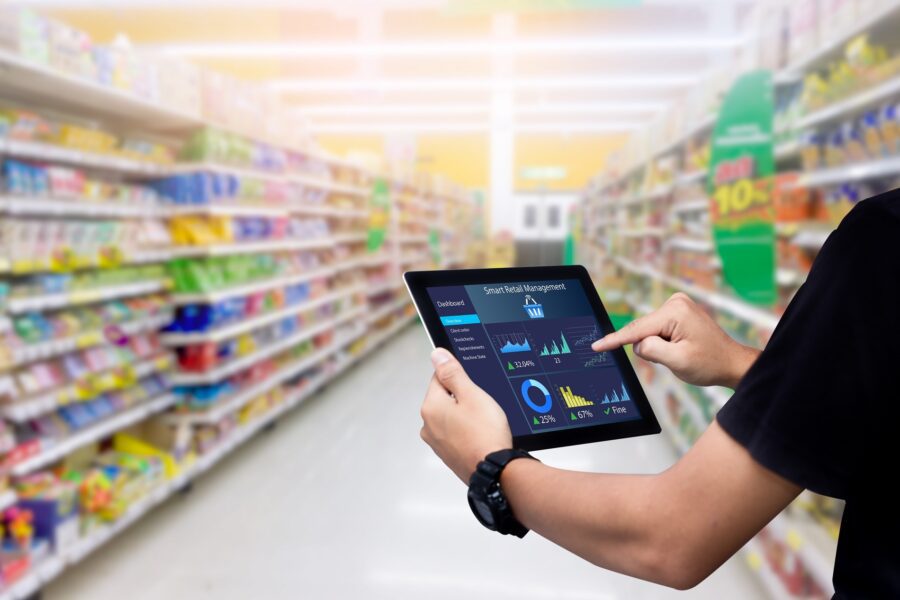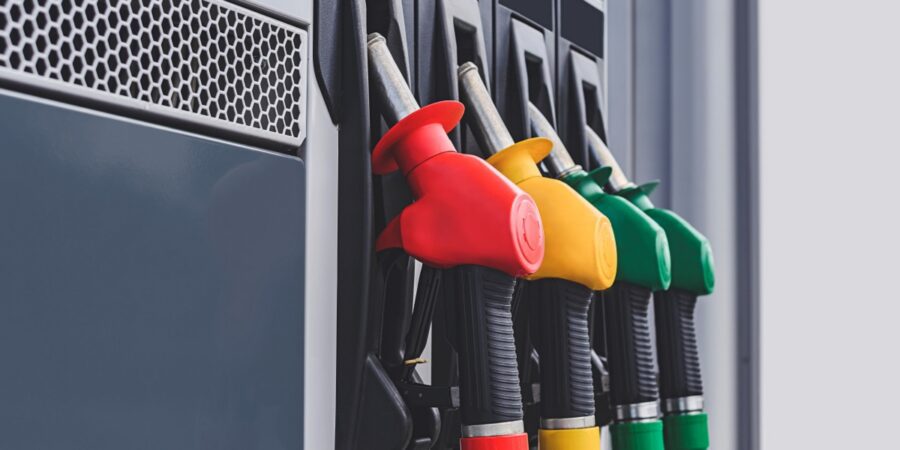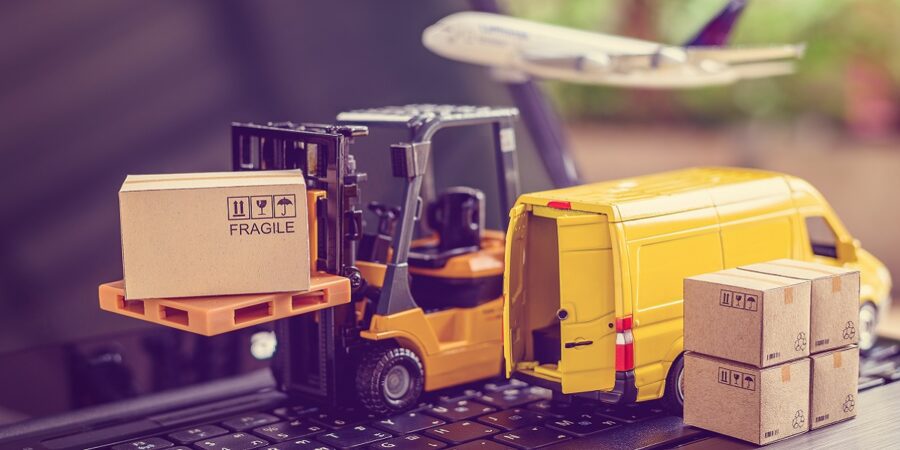
Retail
How to Improve the Post-Purchase Experience for Your Retail Customers
Written by: Parcel Pending
5 Min Read
Published: June 3, 2021
Updated: April 3, 2023
Why the Post Purchase Experience is Paramount
Improving the post purchase experience for your customers pays dividends in terms of sales, customer loyalty, and lower customer acquisition costs. Specifically, a good post purchase customer experience delivers four key benefits:
- Cements Brand Loyalty – As consumers grow increasingly critical of the brands they support, they don’t always believe big brands that simply put out “we care” messages. In fact, a HubSpot study showed that only 12% of shoppers believe these retailers1. However, demonstrating a great customer experience significantly increases customer loyalty.
- Lowers Acquisition Costs – To put it succinctly, customer retention is five times cheaper than acquisition2. Employing the techniques discussed here enables you to keep an existing customer happy with your brand.
- Boosts Customer Reviews – A whopping 93% of consumers turn to online reviews before making a purchase decision. The implication is clear: ask for reviews and monitor them carefully.
- Adds Consumer Insight – Customers entering your chat box, writing product reviews, or explaining the reasons for a return provide solid learning as to what’s working and what’s not. By listening carefully, you can figure out when to swap products, vendors, colors, or instructions to ensure a positive experience.
Customer Experience Doesn’t End When the Sale is Made
McKinsey & Company analyzed the purchase decisions of over 20,000 consumers to gain insight into how they make buying decisions3. It concluded that the old funnel approach has shifted toward a “consumer decision journey” that offers insight into how one brand becomes preferred over others. Important for retailers to note is that two-thirds of respondents sought Internet reviews, word of mouth recommendations, in-store experiences, and recollections of past experiences to assist in their purchase decision.
The consulting giant also uncovered that the post-purchase behavior is not just a phase, but part of an ongoing buying cycle. For example, a staggering 60% of skincare product consumers went online to conduct further research after they purchased! Clearly, the customer experience doesn’t stop after the purchase has been made. Instead, the right post-purchase experience creates a “loyalty loop” that keeps customers coming back to your brand.
Personalize the Post-Purchase Journey
When it comes to eCommerce business, you often know exactly what the customer ordered and when. As a result, it makes no sense to generically communicate with shoppers. Instead, tailor the message to the buyer by name and product to increase the chances of starting a dialogue with your customers. According to Klaviyo data, post purchase emails see a 217% higher open rate, over 500% higher click rate, and 90% higher revenue per recipient than your average email campaign4,5.
Pasta Evangelists, for example, not only sends the all-important order confirmation email, but also includes FAQs on freezing pasta, a bounce back coupon for a repeat purchase that is shareable, and a great brand voice starting with “grazie” and ending with “buon appetito!”
Relevant and personalized product recommendations via email also go a long way towards spurring additional purchases and solidifying brand loyalty. As a matter of research, 72% of consumers said they only interact with personalized marketing efforts6. REI, for instance, harnesses its data on yoga buyers to offer up mats, blocks, and other ancillary material post-purchase.
Personalization can also come into play when retailers leverage solutions like BOPIL® (Buy Online, Pick-up in Locker). A self-service solution for BOPIS order pick-up, retail parcel lockers not only enable a convenient pick-up process for customers, but also a personalized one. As Cynthia Aadal, Vice President, Retail Strategy, Parcel Pending, describes: “Imagine if I went up to a parcel locker, put in my pin, and the screen said, ‘Hi Cynthia, hope you’re having a great day, enjoy your purchase’”. BOPIL allows retailers to brand and personalize their BOPIS process from customer notification emails down to what appears on the locker kiosk touchscreen.
For additional information on smart parcel delivery and how it can positively impact your business, you can learn more about Parcel Pending solutions here.
Predict Future Purchases
Retailers can predict future purchases based upon a customer’s past purchases specifically or from the category buyers as a whole. These replenishment emails help the customer – “Mark, is it time to reorder?” – as well as the retailer.
Transform the Returns Process into An Easy Transaction
Customers last year returned an estimated $428 billion in merchandise according to the National Retail Federation (NRF)7. To streamline the process and create a positive post-purchase experience, make the returns process easy. Hot link your returns section on your confirmation emails and include your return policy too.
Don’t forget that returning a parcel via BOPIL is fast and efficient. Customers can initiate the return via mobile app or online, return the product via selecting “drop off” at the lockers, scan or enter their return barcode, and then place it in a locker – a process that takes them about 30 seconds. Customers also automatically receive an email confirming that their return was received. Most importantly, lockers can be configured so that only certain doors can be used for returns, allowing stores to balance capacity between order pick-ups and returns.
Technology Influences Each Generation Differently
Although it’s relatively easy to justify investments in technology by merely looking at the ROI, it’s also key to review the brand experience. Recent data demonstrate that 80% of consumers believe that technology has improved their online shopping experiences8. However, a deeper dive reveals that there are generational differences.
Millennials (those born between 1981 and 1996) overwhelmingly believe that technology has played a more positive role in creating a good experience when shopping via mobile devices or in-store versus consumers as a whole. Further, this generation feels that retailers should offer technology that helps in every step of the buying journey from product reviews to in-stock accuracy to brand recommendations to ease of product returns. On the other hand, Gen Z, the youngest generation clocking in at approximately six to 24 years old, is most influenced by online reviews – and also most likely to write one.
The customer journey has significantly changed over the last few years. Savvy retailers today recognize the importance of a seamless experience – namely that online research is at the beginning of a product purchase and continues afterward. Customer reviews, social listening, return feedback, personalization, and smart lockers improve the post-product experience.
Talk to a Parcel Pending by Quadient customer service representative today to discover how to create a post-purchase positive experience with your brand.
Sources:
- An, Mimi. HubSpot. Global Buying Behavior in 2020 [New Data]. (2019, April 26). https://blog.hubspot.com/marketing/buyer-behavior-statistics.
- Antosz, Danielle. Shogun. 5 Ways to Improve Your Post-Purchase Experience. (2020, June 2). https://getshogun.com/learn/post-purchase-experience.
- Court, David, et al. McKinsey & Company. The consumer decision journey. (2009, June 1). https://www.mckinsey.com/business-functions/marketing-and-sales/our-insights/the-consumer-decision-journey.
- Klaviyo. Creating a Post-Purchase Flow. (n.d.). https://help.klaviyo.com/hc/en-us/articles/360028872611-Creating-a-Post-Purchase-Flow.
- Harper, Aubrey. Klaviyo. Average Click-Through Rates for Email (Plus, How to be Above the Average). (2021, February 10). https://www.klaviyo.com/blog/increase-average-email-click-through-rate.
- Wright, Gabrielle. Smart Insights. Personalized marketing in a competitive environment for brands and e-commerce retailers. (2020, November 18). https://www.smartinsights.com/ecommerce/web-personalisation/consumers-personalized-marketing-engagement/.
- The National Retail Federation. (2021). Customer Returns in the Retail Industry 2020 [Report]. Retrieved from: https://nrf.com/research/customer-returns-retail-industry
- The National Retail Federation. 3 things to know about retail tech investments. (2019, July 25). https://nrf.com/blog/3-things-know-about-retail-tech-investments.



